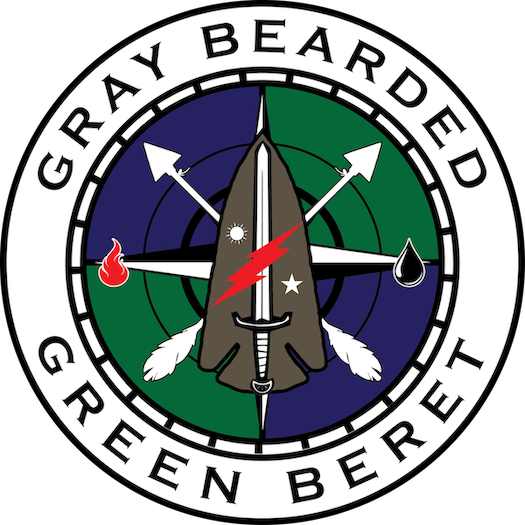Introduction
A map is more than just a picture of the land—it's a two-dimensional representation of a three-dimensional world. If you're serious about land navigation, your ability to read and understand a topographic map is foundational. This guide breaks down the essential components you need to know, using the same principles we teach in our original GB2 Master Navigator map reading and land navigation live courses.
Why Map Anatomy Is Critical
Without understanding what a map is telling you, even the best compass and grid tools are of little use. Map anatomy gives you the language of the terrain: how to identify elevation changes, read features, and use the information provided in the margins to orient yourself accurately and efficiently.

What Is a Map?
A map is a graphic representation of a portion of the earth’s surface drawn to scale as seen from above. It allows you to visualize the terrain, plan routes, and navigate effectively using a compass and protractor.
Key Features to Know
1. Map Scale
The scale of a map tells you how distance on the map relates to distance on the ground. It is typically represented as a ratio, such as 1:24,000 or 1:50,000. The smaller the second number, the more detail you’ll get. For example, 1:24,000 provides more detail than 1:100,000.
Understanding map scale helps you calculate distances accurately, which is critical for route planning, pace counting, and using your protractor.
2. Contour Lines
These are the brown lines you see snaking across your topographic map. Contour lines represent elevation. The closer the lines are together, the steeper the terrain. The further apart, the flatter the land.
- Index Contours are the bold lines usually labeled with elevation.
- Intermediate Contours fall between index lines and help fill in the detail.
By studying these lines, you can identify ridges, valleys, draws, saddles, and other terrain features without ever leaving your map. Pay particularly close attention to the Contour Interval Note. This is the value of the elevation, lost or gained, between each contour line.
3. Declination Diagram
Most maps include a declination diagram that shows the angular difference between true north, magnetic north, and grid north. This information is essential when using a compass in conjunction with your map, especially for converting azimuths.
4. Bar Scales
Bar scales are printed on the map in the margins and are a convenient tool. These scales are already accurately converted to different units of measurement based on the scale of your map. They allow you to measure distance directly on the map using a piece of string, compass edge, or scrap paper. Most maps include multiple bar scales showing both metric and imperial units.
These scales make it easy to determine how far you’ll need to travel between two points on the map when paired with accurate plotting tools like a protractor or a straightedge.
5. Colors
 Each color on a topographic map is standardized to represent different types of features:
Each color on a topographic map is standardized to represent different types of features:
- Black: Man-made features such as roads and buildings
- Blue: Water features like lakes and rivers
- Green: Overhead vegetation
- Brown: Elevation contour lines
- Red: Important roads and boundary lines
6. Legend

Some maps include a legend that explains what each symbol and color represents (if its outside of the norm). This is vital to understanding the terrain and identifying features like trails, water sources, and obstacles.
7. Grid Reference System
Your map may use a UTM or MGRS grid system. These grids break the map into squares so you can accurately identify and communicate positions. Grid lines are labeled on the map margins and used in conjunction with a protractor to plot coordinates.
Conclusion
Understanding the anatomy of a map is a skill that separates amateurs from professionals. Once you know how to interpret scale, contour lines, and symbols, you’ll never look at a map the same way again.

Critical Map Reading and Land Navigation Gear
- Rite in the Rain Notebook Cover and Organizer
- Suunto MC-2 Compass
- Topographic Map
- Round Military Protractor
- Pace Beads
- Rite in the Rain Tan Tactical Field Book
- Rite In The Rain Tough Mechanical Pencil
- GB2 Fresnel Lens
Or, bundle and save and get the entire kit for a discount here.
Want to Learn More?
This article is based on our most popular live event (The Original GB2 Master Navigator Course). Get the complete Master Navigator PDF Series—eight field-proven lessons distilled from 30 years of real-world experience by Joshua Enyart. Save when you bundle and start training like a pro. Find Out More Here.
The GB2 Tribe Member Streaming Pass unlocks our entire streaming library of training films (over 25 hours and growing). Annual plans get 2 months free. Join the GB2 Tribe today and take your training to the next level!




1 comment
Great read and refresher. Very similar education that was taught 45 years ago when I became an Eagle Scout. Passing this email on to my daughter to read. Thank you.